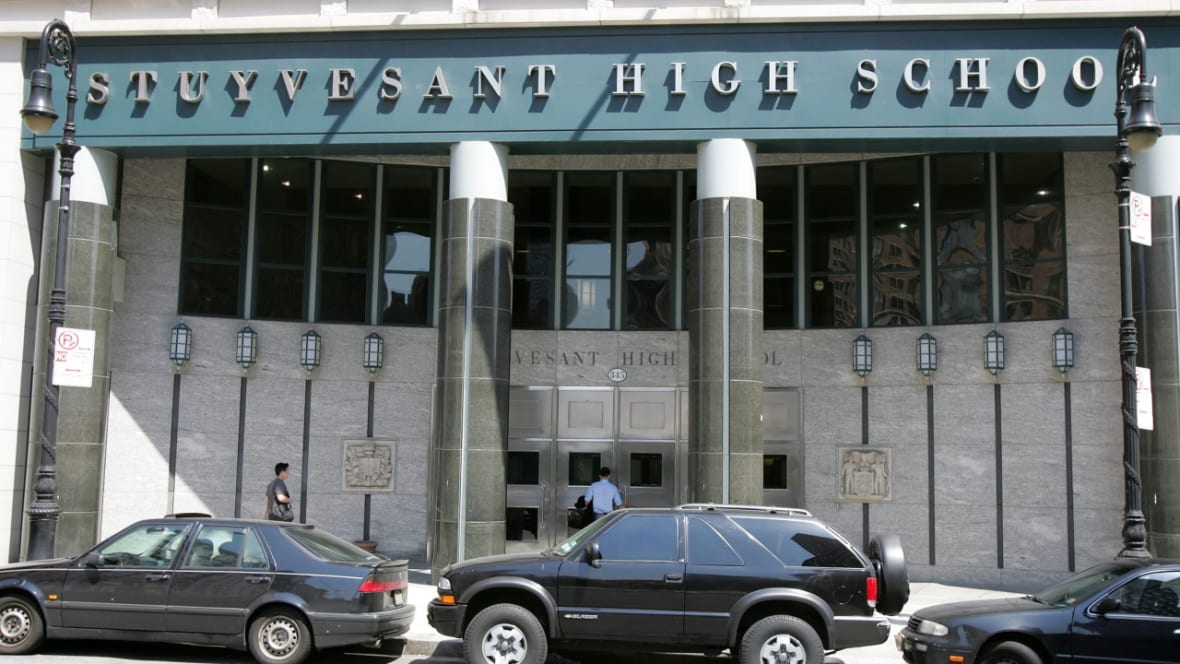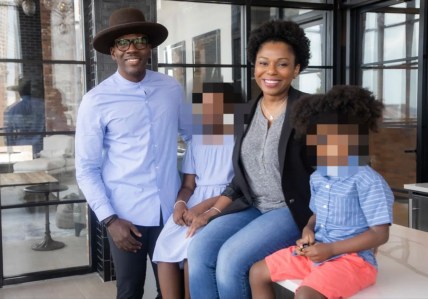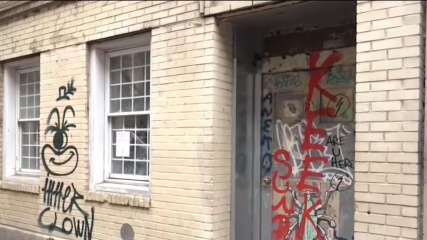Only 10% of students admitted to top NYC high schools were Black and Latino
A single entrance exam determines acceptance to the eight specialized New York City institutions, and the annual figures typically fuel discussion about the high schools' admissions procedure.
Black and Latino students made up over two-thirds of the student total in New York City this year but received merely 10 percent of the offers to its most elite public high schools.
According to The New York Times, a single entrance exam determines acceptance to the eight institutions, and the annual figures typically fuel discussion about the admissions procedure. A little fewer than 4,000 of the approximately 26,000 eighth graders who completed the test last fall received offers of admission.
Seven of the 762 offers given at Manhattan’s Stuyvesant High School went to Blacks, down from 11 last year and eight in 2021. The most elite of the city’s so-called specialized schools, Stuyvesant offered admissions to 20 Latino students, 489 Asian students and 158 White students. Students who identified as multiracial or whose race was unknown received the remaining offers.

Staten Island Technical High School offered admissions to two Black students — up from zero last year — and seven Latino students, according to The Times.
The Brooklyn Latin School welcomed 73 Black and Latino youths this year into a class of 388 students.
Specialized high schools in the city are regarded as the system’s crown jewels and draw much attention. Some studies contend students receive few advantages from attending the institutions, However, the campuses provide access to solid groups of alumni and are extremely important to many families, who see them as routes to a good university and a prosperous career.
A visible manifestation of the education system’s segregation, the schools are also where Black and Latino students have never received more than 12 percent of offers during the past 10 years.
White students were 17 percent of eighth graders who took the exam this year, while Latino students were 26 percent. However, offers for white students were more than four times higher than for Latino students.
For the current school year, tougher admissions criteria were restored, after pandemic-related easing, but data from the Education Department showed that the proportion of Black, Latino and low-income students offered spaces remained greater than before 2021, according to The Times. Decades ago, Black and Latino kids made up a substantially more significant percentage of the student body at the specialized institutions.
Politicians have been at odds on how and whether New York City mayors should try to increase access due to the present gaps at the city’s top schools. After years of bitter disputes, the administration of Mayor Eric Adams chose not to prioritize school integration.
The approach that former mayor Bill de Blasio planned, replacing the admission exam, would have increased the acceptance rate of Black and Latino students in NYC to more than 40 percent.
However, many parents and Asian politicians criticized his 2018 proposal because they believed it neglected low-income and immigrant children’s need for schools that have a ladder to the middle class.
Asian students typically receive more than half of all offers; in this year’s enrollment, they got 53 percent, The Times reported. The proposed changes would have sharply reduced their numbers.
David C. Banks, the system’s chancellor, has maintained that many Black and Latino families are more concerned with the quality of education rather than the demographics of their children’s classmates.
He supports adding seats to the city’s gifted and talented program for elementary students, opposing de Blasio’s plan to remove it, and has worked to change how students learn to read.
TheGrio is FREE on your TV via Apple TV, Amazon Fire, Roku and Android TV. Also, please download theGrio mobile apps today!


